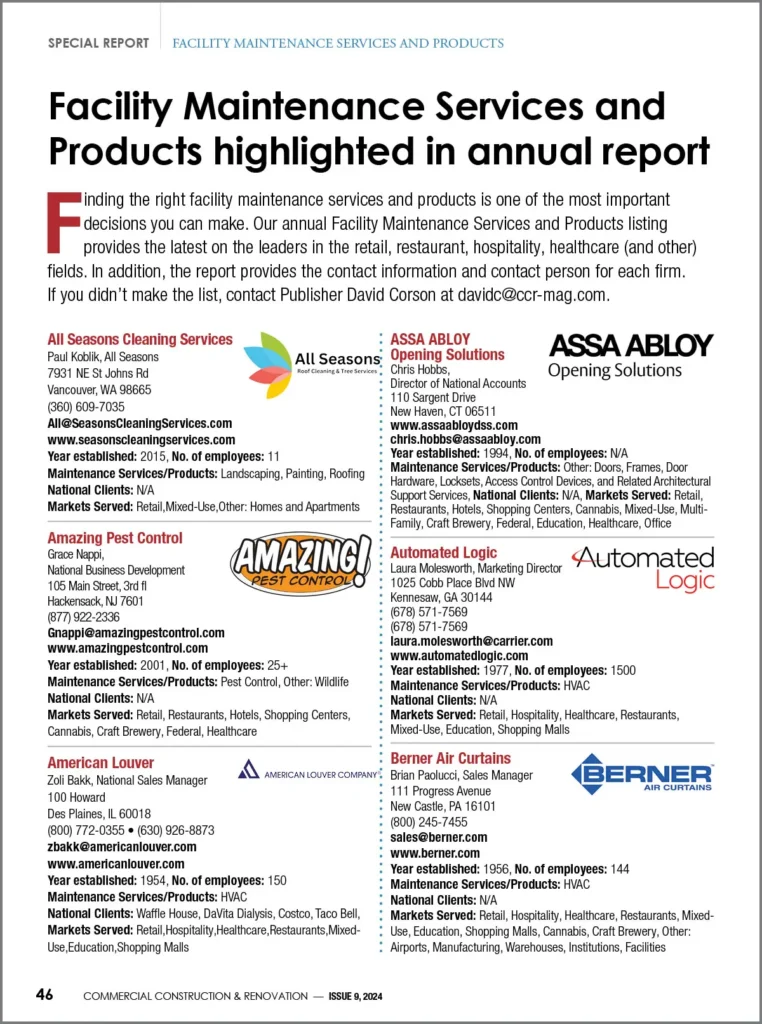Winter is the roughest season for everyone and everything, and durable heavy machinery is no exception. Your equipment can face lots of expensive damage from freezing temperatures and icy precipitation, so you must do everything you can to protect it. Here are seven must-know equipment maintenance tips you must apply during the winter months.
1. Keep the Equipment Covered Leaving any vehicle exposed to the elements is a recipe for disaster. You need to provide your equipment with a secure shelter in a garage or shed. If you don’t have a large enough storage area, any place with a roof is also viable. In this instance, you must add extra layers of protection such as waterproof tarps, insulated blankets and block heaters.
What happens if you fail to cover your equipment? For starters, it would get covered in frost every night and some parts would quickly freeze. A snowstorm could also block the machines in and prevent you from using them. Over time, the equipment would start to become brittle and crack. Heavy machinery might be durable, but it’s no match for the winter cold.
2. Perform Frequent Maintenance The added weight from ice and snow can affect the vehicle’s performance in several locations. Road salt and freezing temperatures might also impact some vulnerable areas sooner than the rest of the vehicle. Make sure you perform frequent maintenance on the following parts:
● Exterior: Road salt is highly corrosive to car paint and other components of the undercarriage. Rinse all of the salt and dirt off your equipment at the end of each day.
● Air intake: Always check the air intake for snow or ice at the end of the day so it doesn’t melt and flood the intake during storage.
● Tires: Clear off snow and ice from the tires and park the vehicles on planks so they don’t freeze to the ground. Use dry nitrogen when the tires need to be reinflated.
● Antifreeze: Allow the engine to completely cool down before refilling the antifreeze.
● Rubber components: Rubber can harden and crack in freezing temperatures, so you must keep a close eye on your equipment’s rubber parts throughout the season.
The most problematic areas require your undivided attention if you want your equipment to survive the winter unscathed. These simple tasks will play huge roles in keeping your vehicles healthy and operational.
3. Use Seasonally Appropriate Fluids
Motor oil, engine coolant and other fluids will start to harden and freeze if you’re not using the appropriate products. A 5W-30 oil is the best option for cold weather regardless of which machine you use. Swap out the brake fluid and engine coolant for an arctic-grade product that’s designed to handle freezing temperatures.
The same logic applies to fuel. Number 2 diesel fuel is cheaper and works just fine during the warmer months, but it’s also more susceptible to freezing. Number 1 diesel has a lower viscosity and is more effective at keeping water out of the fuel supply.
4. Ensure the Fluids Don’t Freeze
Even if you’re using the right types of fluids, they could still harden and freeze without proper supervision. You have two options to prevent freezing: drain the fluids completely or fill them to the brim. Leaving the fluid compartments half-full allows more condensation to build up, increasing the chance of freezing and dilution. Fill up or empty out the fluid tanks before sending your equipment into long-term storage.
5. Disconnect the Batteries Vehicle batteries lose power more quickly during the winter. It does no good to leave them connected if you’re storing your equipment for the whole season. Disconnect the batteries and store them in a warm location so they still have a near-full charge when you reconnect them when things get warmer.
6. Let the Engines Run Before Driving
Idling usually isn’t a good idea, but you can make an exception during the winter. Let the engines of your vehicles run for a few minutes before driving them. Operating heavy equipment on a cold engine could damage the engine or lead to an accident. The engines should be warm and primed for action before you take them out in the field.
7. Clean the Equipment After Each Use
Dirt and mud aren’t threats during the warmer months, but they can harden and cause long-term damage to your equipment. The undercarriage is an especially vulnerable spot. Start and end each day with a good wash from head to toe. Consider investing in a high-powered car dryer so each vehicle is clean and dry before going into nightly storage.
Take Good Care of Your Equipment
You never know what’s in store for the upcoming winter. You could get away with mild temperatures and minimal snowfall, or it could be one of the harshest winters on record. It’s better to play on the safe side and take good care of your equipment regardless of the weather’s severity. Never underestimate the power of freezing temperatures and a layer of ice!








 The 2024 virtual Men’s Round Table will be held Q4, 2024, date TBD.
The 2024 virtual Men’s Round Table will be held Q4, 2024, date TBD.













